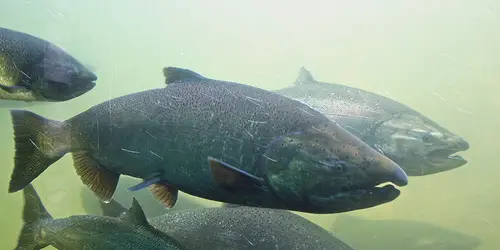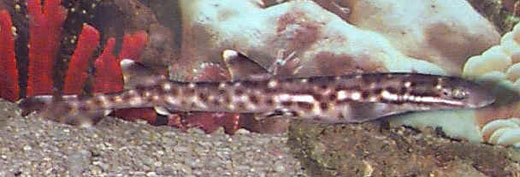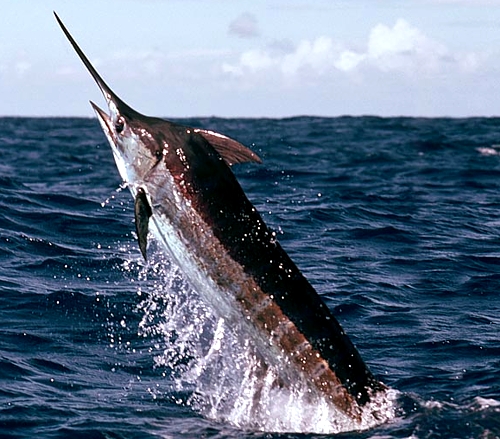Clownfish
The brightly coloured Clownfish are a true treasure of the coral reefs. They belong to the group of screaming bright coloured fishes that called coral fishes. These inhabitants of the coral reefs are immune to the venom of actinias and thus can cover in the relatively safe parts of the ocean, out of the predators’ reach.
The Clownfish has been named after its colours – this fish’s body is striped white, while the base colour can varies from bright yellow to dark orange. Their size is different for specific subspecies, being 6-12 cm on average. The Clownfish is rather flat and specimen look almost like a striped disc, floating in the reefs.
The Clownfish feed on the remains of the fish killed by the actinias. The symbiosis of these two creatures is amazing, as the actinias provide the Clownfish with food and protection, while the Clownfish lures other fish near the actinias with their bright colours. The Clownfish will also drive away Copperband Butterflyfish, who pose threat to the actinias, frequently chewing off their tentacles.
These bright fish sometimes wander away from actinias in search of food, but staying too long away from protection is dangerous, as the Clownfish’s colours immediately attract predators that would enjoy a Clownfish meal. In dangerous situations, the Clownfish immediately flees to the actinia and any other fish that swim near the its tentacles is paralyzed. The actinia then digests the unfortunate fish and Clownfish feeds on the remains
The Clownfish usually lay eggs in the coral reefs near the actinias, to protect their eggs. The male Clownfish guards the eggs and the males of some subspecies even take care of the younglings until they are old enough to take care of themselves. So indeed, the concept of the father taking care of the children as portrayed in “Finding Nemo” is not far from the truth. In other cases, the newly spawned fish swim to shallow coastal waters where they stay until full maturity. The Clownfish’s lifespan is up to 5 years.
Due to their small sizes, the Clownfish aren’t commercially fished, but there has been an increasing trend to put them in aquariums. In Europe and America incredible amounts of money are paid for the brightest and most colourful Clownfish as they’re a very impressive visual addition to any aquarium. In places, where the fish catchers have found chances of high profit, the population of the most popular species of the Clownfish are often brutally destroyed. Therefore, many countries have forbid catching these spectacular fish.
Having such an exotic look, the Clownfish attracts tourists and divers. People’s high interest in these fish will most probably ensure abright future for them.






clown fish is a habitant of sea with corals. It is a carp like fish. They are bottom dweller in nature.
It is very cute and has an interesting life.
Bob?